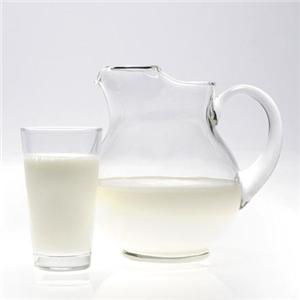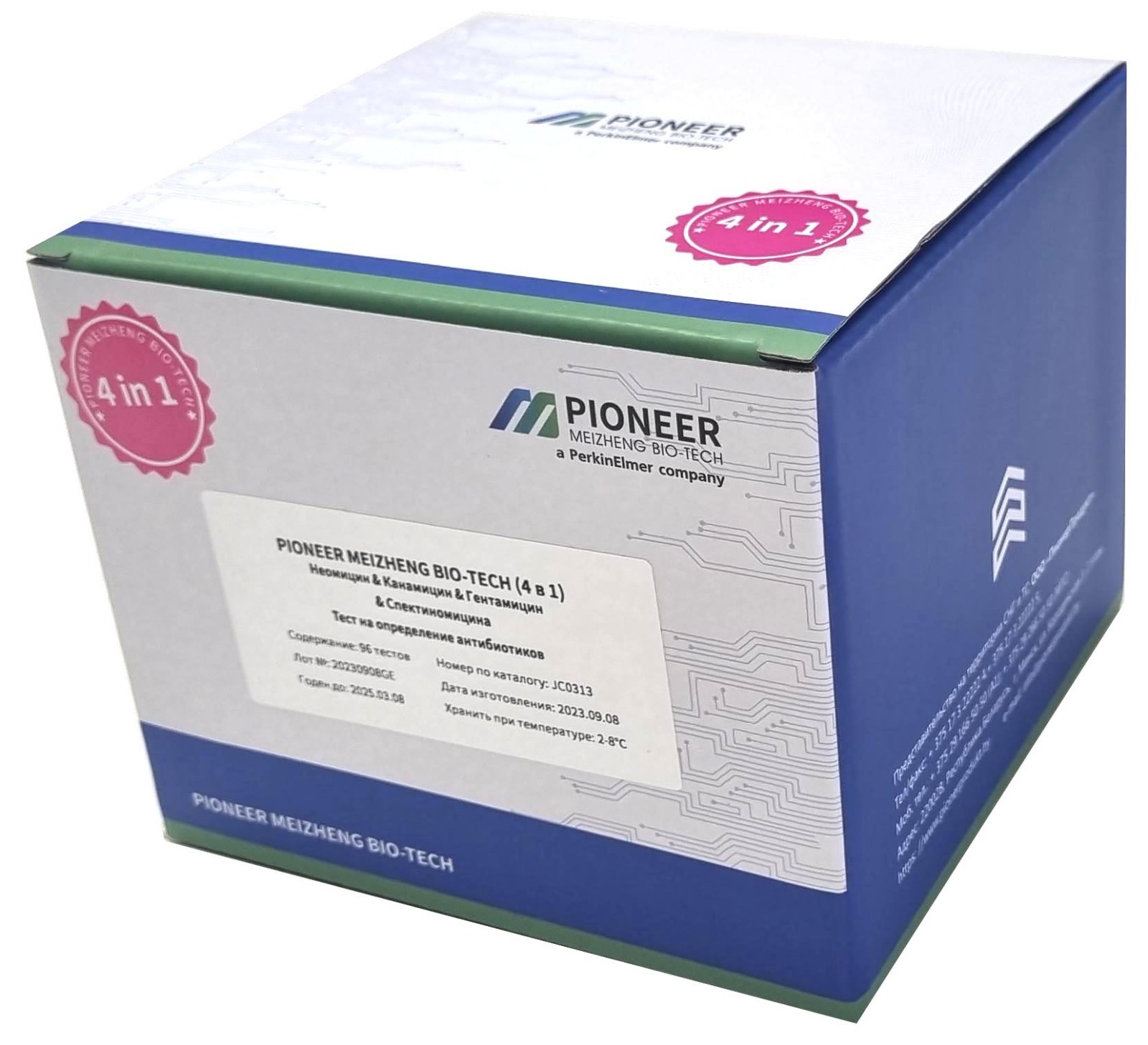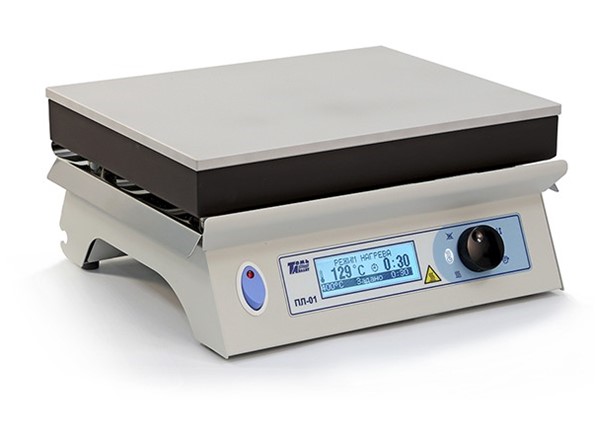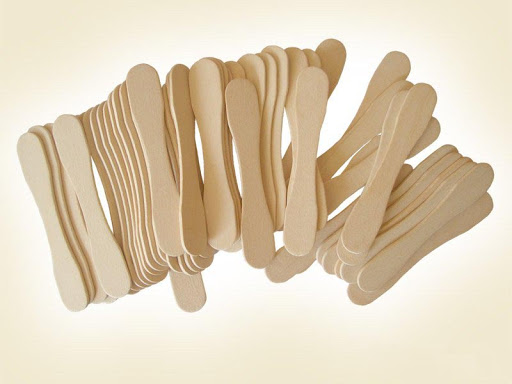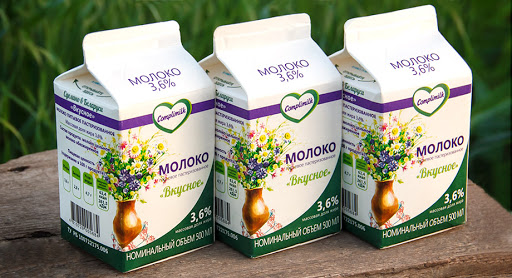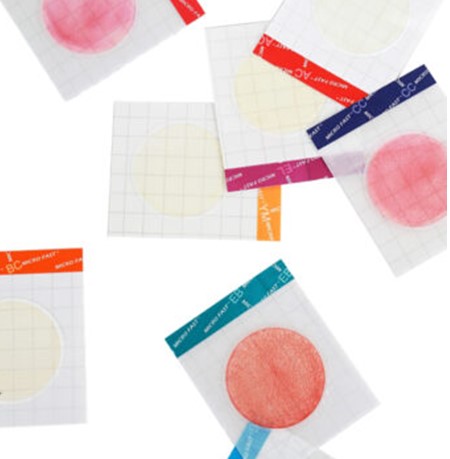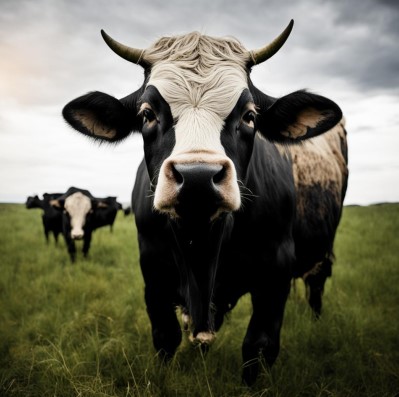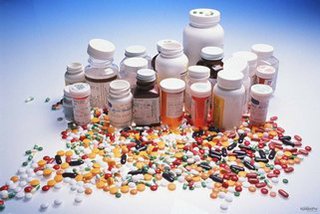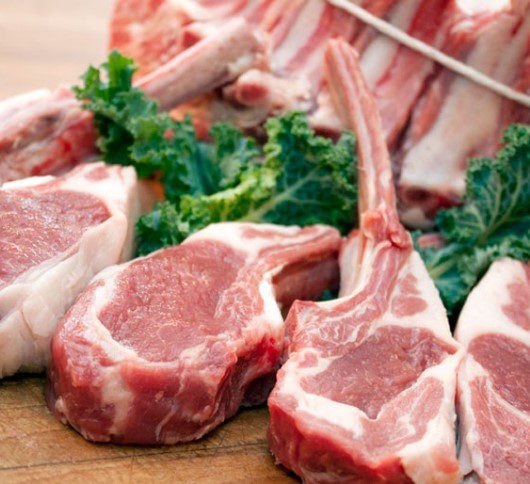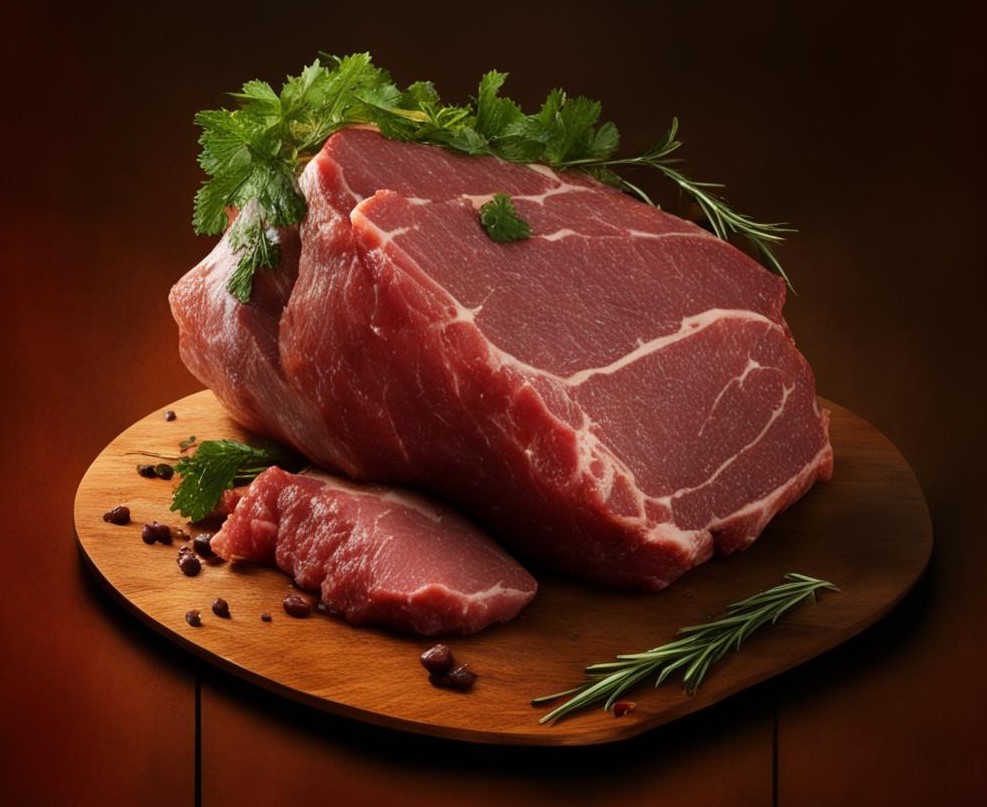There are many workers in the Brest region who give their souls to agriculture
The successes of the agro-industrial complex of the Brest region in recent years have been heard, and the high results of production activities are even taken for granted. The region traditionally ranks first in the republic in terms of MILK yield per cow (5682 kg), its marketability (91.3%) and quality (97.6% sold by "extra" and "higher" varieties). According to the results of 10 months, the region was the only one in the republic that ensured an increase in gross livestock production - by 2.4%. And the share of the region in food exports is approaching 30% of the total republican volume. On the development strategy of this sector of the economy, achievements and problems,
- Anatoly Leonidovich, residents of other regions of the republic envy Brest residents: they say that strawberries ripen earlier in our country, and there are more warm, sunny days a year. What about your colleagues? Do they also evaluate the achievements of farmers, adjusted for climatic features?
- I think they envy in a good way, and somewhere they learn from Brest residents approaches to solving the problems that the country's leadership sets for the agro-industrial complex. The region occupies a leading position in a number of key positions. First of all, this is due to the large-scale work on the modernization of facilities, machinery and equipment. Every year more than 40 dairy farms are reconstructed and built in the region. As for crop production, we are really the first to start all field work and, as a rule, the first to complete them. This year we have upgraded our machine and tractor fleet quite well. In fact, more than half of all grain harvesters purchased by agricultural organizations of the republic were delivered to the Brest region. We have received more than a hundred new combines. In principle, this allowed us to clean up in a short time.
- High rates of field works are good. And what is their performance? What is the share of the Brest region in the total volume of agricultural production?
- We received a good harvest of grain and leguminous crops - 1.4 million tons, which is 18% higher than last year. And taking into account corn grain, 1.7 million tons were harvested. In general, about 8 million tons and 10 million tons were received in the republic, respectively. That is, 18-20% of the total grain volume is the share of the Brest region.
We have a good result in SUGAR beet: more than 1 million tons of root crops have been dug up with a yield of over 524 centners per hectare. This year turned out to be a fruitful year for rapeseed - the region for the first time collected 205 thousand tons of oilseeds. The yield was more than 29 c/ha. Above - only in the Grodno region. The volume of potato production was increased by 19% - 147 thousand tons were dug up with a yield of 300 centners per hectare. They did a good job with flax: 25 thousand tons of flax straw with an average number of 1.19 were harvested - this is a third more than last year. The region occupies a leading position in terms of average daily weight gain of cattle and pigs. This year we plan to produce 1 million 970 thousand tons of milk.
As for recycling, there are also interesting figures. Thus, the share of enterprises of the Brest region in the republican volume of cheese production is 40%, whole milk products - 35%, butter - 23%, sausages - 45%, MEAT semi-finished products - 32%. Moreover, about 42% of meat products and 75% of dairy products are exported. This year, the amount of food exports in the republic will reach $8 billion for the first time. The share of the Brest region will be a fourth - more than $2 billion. This is all the result of purposeful work being carried out in the region both in the production and processing of agricultural products.
- The agricultural year can be considered completed. How do you evaluate its results?
- In general, this year was not bad for the farmers of the Brest region. In fact, the goals and objectives that we set have been achieved - both in the production of grain and in the production of feed. Thus, 31 centners of fodder units are prepared for a conditional HEAD of cattle. Taking into account the leftovers, a good groundwork has been created for further increasing livestock products. According to the results of ten months, the growth rate of gross agricultural production in our country amounted to 107.1% - this is the first place in the republic (on average in the country - 102.7%).
Now the task is to make a reserve for the next year, which, in principle, the farmers are working on. This is preparation for spring field work - the rise of fallow, the accumulation of mineral fertilizers, the introduction of organic matter into the fields. We continue to work on updating the machine and tractor fleet: by the end of the year we still plan to receive about 15 grain harvesters, up to a dozen high-performance tractors and a number of other agricultural equipment. At least 12-15 dairy farms will be put into operation.
- Which industries have proved to be the most effective and how will this affect the strategy for their further development?
- As for the crop industry, we are growing in all indicators, in all crops. Traditionally high-yielding winter wheat - this year it gave 49 c/ha. The yield of winter barley was more than 50 c/ha. Therefore, we revised the structure of winter grains in favor of this crop, doubling the crops to 22 thousand hectares. In addition, the sown areas of winter rapeseed, which also proved to be a highly profitable, high-yielding crop, were increased by 1.5 thousand hectares (up to 68 thousand hectares). Moreover, it allows you to solve certain protein problems.
For other crops, the crop structure has already settled down, and a more or less optimal balance has been established for the region.
In animal husbandry, milk production is still highly profitable. A program for the modernization of dairy complexes has already been drawn up for the next year, which includes about 40 facilities. In addition, the construction of a pig farm is being completed in the Pinsk region. This, too, should give a certain result in the future.
- And what is the goal of the region in principle in the same dairy industry?
- By 2025, the goal was to get 7,000 kg of milk per cow and reach a gross production of 2 million tons. At the pace that we have taken, I think we will get closer to this result by the end of next year. We also plan to further increase the dairy herd to 300,000 heads (currently 292,000). Also, in principle, this goal is achievable.
- This year, external sanctions pressure has been added to the unpredictability of the weather. To what extent did this affect the agro-industrial complex of the Brest region and how did they cope with the difficulties?
- Deliveries of our products are mainly focused on the Russian Federation, the share of exports to Ukraine, Western countries is 2-3%. Therefore, here, in principle, we did not have any problems. There were questions about the acquisition of protein, given that we have developed poultry and pig breeding. We have also shifted our focus to Russian producers, and today supplies of the missing amount of soy protein and sunflower meal come from there.
There were certain difficulties with spare parts for agricultural machinery and equipment. Now the enterprises of the cloud service work with CHINA and RUSSIA. We are removing these issues, however, we would like them to be resolved faster.
Despite the fact that we are 90% dependent on imports for sugar beet seeds, there were no big problems. In addition, we have additionally worked out the issues of supplying seeds from the Russian Federation. They give a slightly smaller, but also a good harvest. We also worked out and conducted experiments on corn hybrids: we looked at the possibilities of acquiring and seed yield. In principle, the Krasnodar hybrids are not bad, so if next year there are difficulties with imports, we will buy Russian seeds.
- On the eve of the professional holiday, the President signed a decree on awarding 78 agricultural workers. A lot of representatives of our region are presented for various awards. Among them are both ordinary workers of the village and leaders. Can you name a dozen names of those who make up the golden fund of the agro-industrial complex of the Brest region?
- Many of our workers deserve the warmest words and gratitude. Their contribution is significant to the fact that today the region looks worthy on the scale of the republic. And it's not just about those who got into the last list of those awarded by the head of state. These are the heads of farms from the Ivanovo region - the DIRECTOR of OJSC "Agro-Motol" Vyacheslav Kashtalyan and the director of the PUE "Molodovo-Agro" Stepan Khalko. For example, in Molodovo, even by the standards of Western countries, the volume of milk production is quite high: the milk yield per cow in January-October amounted to 11 thousand kg of milk. It is expected that by the end of the year the productivity of the herd will reach 13 thousand kg. A worthy result is shown by the farms headed by our female managers. This is Tatyana Demidyuk, chairman of the Rising Dawn of the Kobrinsky district, and the director of Voznesensky OJSC Zhabinkovsky district Nadezhda Kondratyuk. In recent years, OJSC Velikoselskoe Agro of the Pruzhany region (director Vasily Sevostyanchik) has become a leader in the production of grain and milk. Ostromechevo OJSC (Director Oleg Burak) traditionally holds the leading position in all industries. Works stably and shows good results in the production of crop and livestock products JSC "Agro-garden" Dawn "(Director Vasily Zhelengovsky). The medal for labor merits was awarded to the chairman of the Kobrin district executive committee Alexander Pachko, who for a long time headed the Luninets district, and before that he led agriculture in the Stolin region. Pruzhany district (director Vasily Sevostyanchik). Ostromechevo OJSC (Director Oleg Burak) traditionally holds the leading position in all industries. Works stably and shows good results in the production of crop and livestock products JSC "Agro-garden" Dawn "(Director Vasily Zhelengovsky). The medal for labor merits was awarded to the chairman of the Kobrin district executive committee Alexander Pachko, who for a long time headed the Luninets district, and before that he led agriculture in the Stolin region. Pruzhany district (director Vasily Sevostyanchik). Ostromechevo OJSC (Director Oleg Burak) traditionally holds the leading position in all industries. Works stably and shows good results in the production of crop and livestock products JSC "Agro-garden" Dawn "(Director Vasily Zhelengovsky). The medal for labor merits was awarded to the chairman of the Kobrin district executive committee Alexander Pachko, who for a long time headed the Luninets district, and before that he led agriculture in the Stolin region. (Director Vasily Zhelengovsky). The medal for labor merits was awarded to the chairman of the Kobrin district executive committee Alexander Pachko, who for a long time headed the Luninets district, and before that he led agriculture in the Stolin district. (Director Vasily Zhelengovsky). The medal for labor merits was awarded to the chairman of the Kobrin district executive committee Alexander Pachko, who for a long time headed the Luninets district, and before that he led agriculture in the Stolin district.
There are many worthy workers in the Brest region who give their souls to agriculture.
- What share in the leadership of the agro-industrial complex of the region is experienced personnel, and what share is young people? Is there a problem of continuity of generations?
- 48 thousand people work in the agro-industrial complex of the Brest region, including 9.5 thousand in the management staff. Staffing is 96%. Every year about 540 people come to us from higher and secondary professional educational institutions. In principle, due to this, we solve the issues of personnel balance. Approximately one third of the employees are young people under the age of 35. Of course, we would like more young people to come and stay to work in the agro-industrial complex. Although it should be noted that in recent years the influx of young professionals and personnel in the countryside has been increasing annually.
- That is, the problem of the outflow of personnel from rural areas, which was relevant in previous years, has been solved?
- Recently, the number of employees in the agro-industrial complex has decreased by about 4-5% annually. This was primarily due to the modernization of production. That is, a more productive technique is replacing the old one. Take the same construction of dairy farms. Today there is no need for as many people as before. In fact, there is no such decrease in the number of employees as in previous years. Over the past two or three years, the number of people working in the agro-industrial complex has remained unchanged and, in principle, it can be called optimal for the region.
- What non-traditional crops are grown in the Brest region?
- This is what our farms are doing. Large-scale agricultural producers have a different task. And this niche is occupied by farmers - they grow gourds and other heat-loving crops, nuts, and produce half of the volume of fruits and vegetables. Therefore, we support them in every possible way: we create certain conditions for activities, allocate land, and, if possible, include peasant farms in state programs.
- But the main issue usually lies in the allocation of land to farmers.
- Of course, there is such a problem, but the land must work. And just like that - "I want to take it, and then how it will turn out" - it does not work, probably, not only in the Brest region, but also in the whole republic. There should be a clear program for the development of farming, an understanding of the goals and objectives, their achievement, and a well-developed business plan. When we see that production options for it are calculated, then we consider the issue of allocating land. If earlier, for example, in the Lyakhovichi district, the land was walking, empty, today the work on the consolidation of agricultural production, the efficiency of enterprises has yielded results. People begin to appreciate the land, they are already more reverent towards it. Now 744 farms are registered in the region. Last year there were 676 of them. There is a positive trend,
Svetlana VECHORKO,
BELTA.

